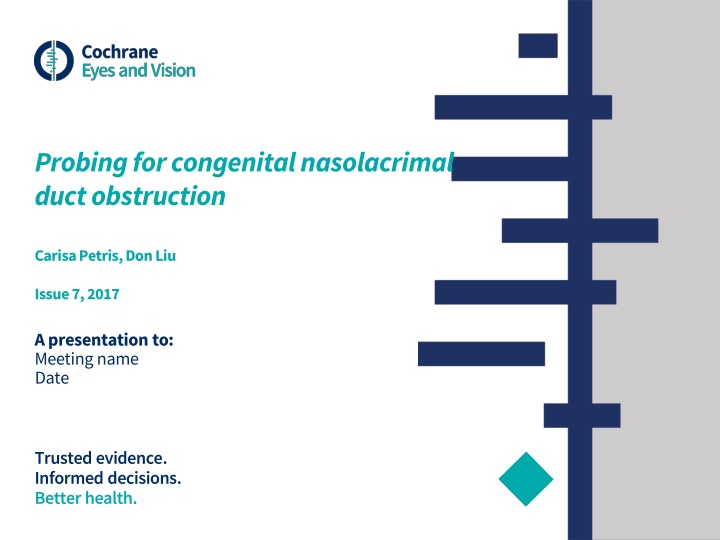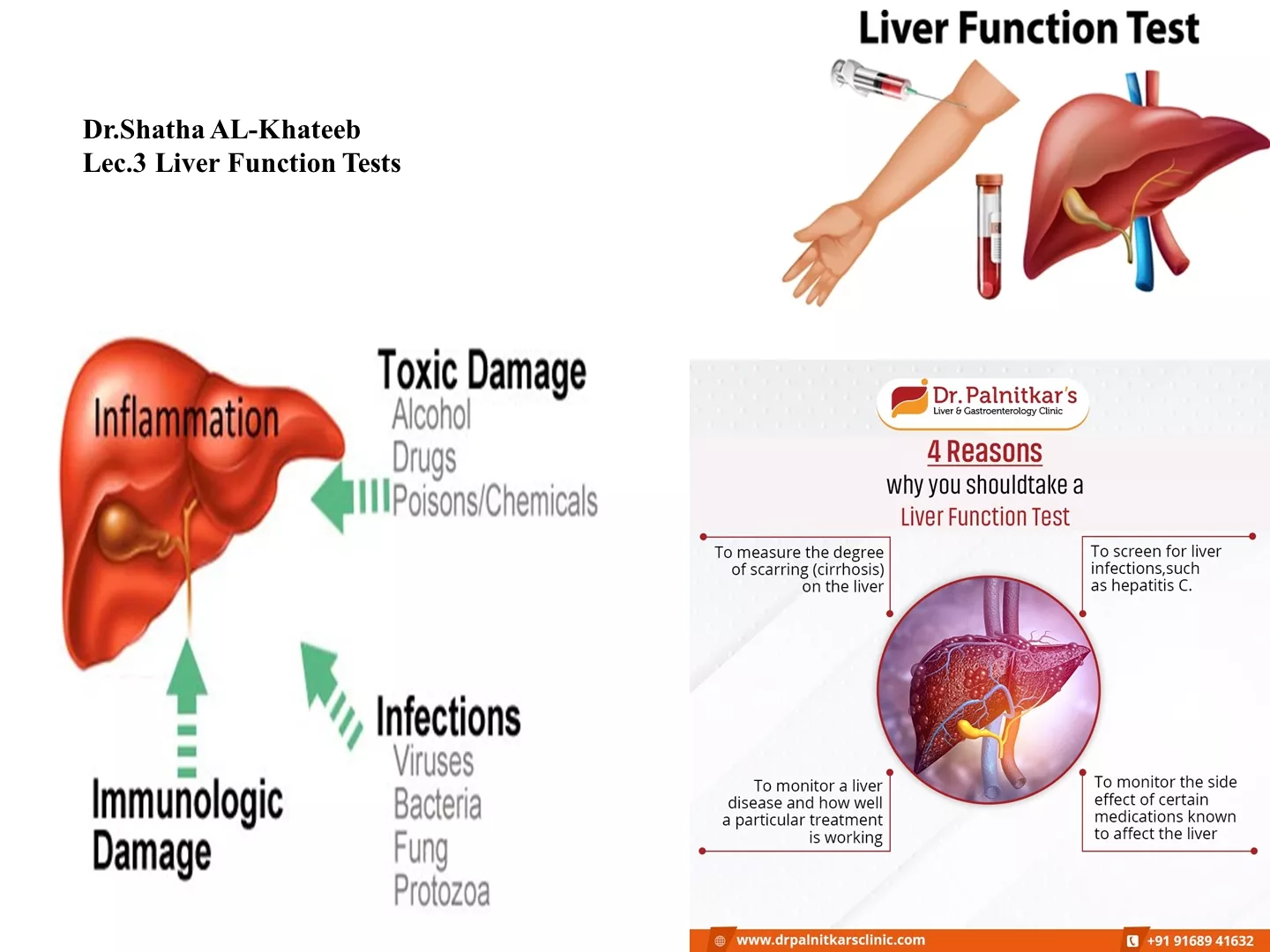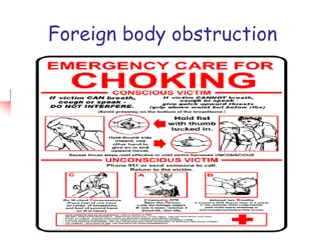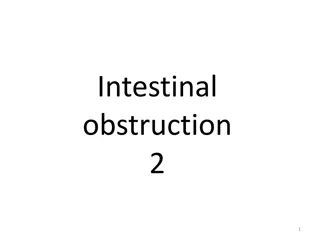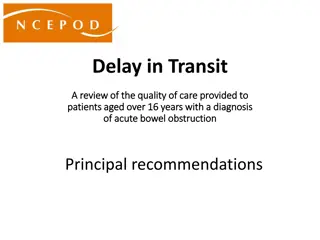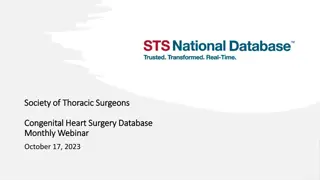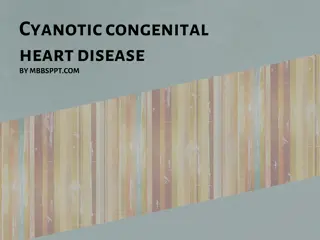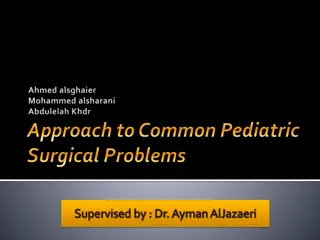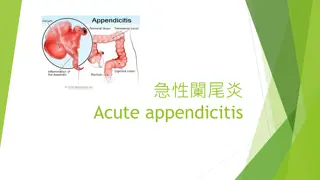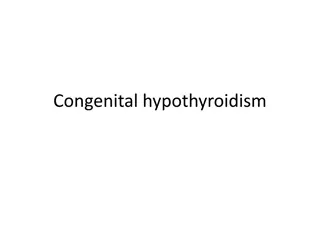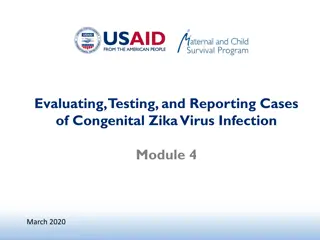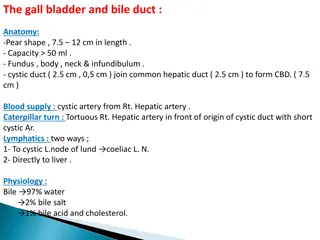Probing for Congenital Nasolacrimal Duct Obstruction Study
This study explores the effectiveness of probing for congenital nasolacrimal duct obstruction in infants, assessing outcomes, benefits, and potential harms. Results from randomized trials provide insights into treatment success rates and complications.
Download Presentation

Please find below an Image/Link to download the presentation.
The content on the website is provided AS IS for your information and personal use only. It may not be sold, licensed, or shared on other websites without obtaining consent from the author.If you encounter any issues during the download, it is possible that the publisher has removed the file from their server.
You are allowed to download the files provided on this website for personal or commercial use, subject to the condition that they are used lawfully. All files are the property of their respective owners.
The content on the website is provided AS IS for your information and personal use only. It may not be sold, licensed, or shared on other websites without obtaining consent from the author.
E N D
Presentation Transcript
Probing for congenital nasolacrimal duct obstruction Carisa Petris, Don Liu Issue 7, 2017 A presentation to: Meeting name Date Trusted evidence. Informed decisions. Better health.
Table of Contents 01 Background 02 Typesof studies 03 Key results 04 Tables (Risk of Bias/Forest Plots) 05 Conclusions 06 Acknowledgements
Background Congenital nasolacrimal duct obstruction (NDLO) causes excessive tearing in infants This can lead to infections The obstruction usually resolves on its own, but probing may help resolve symptoms sooner
Systematic review objective To assess the effects of probing for congenital nasolacrimal duct obstruction.
Types of studies Randomized trial P= children with congenital nasolacrimal duct obstruction aged three weeks to four years presenting with tearing and conjunctivitis I= probing vs no probing, deferred probing, or other interventions
Outcomes examined Benefits - Treatment success (absence of clinical signs and symptoms, including epiphoraand mucous discharge) - Harms Cost effectiveness - Patients requiring secondary procedures - Complications such as bleeding, injury to the nasolacrimal system or eye, or canicular stenosis
Results Two eligible RCTs (303 eyes of 242 participants, enrolled under the age of 12 months)
03: Key results (continued) In the other small study (26 eyes of 22 children), more eyes that received immediate probing were cured within one month after surgery compared with eyes that were randomized to deferred probing and analyzed at age 15 months (RR 2.56, 95% CI 1.16 to 5.64)
04: Tables Treatment success at 18 months of age
05: Conclusions The effects and costs of immediate versus deferred probing for NLDO are uncertain. Determining whether to perform the procedure and its optimal timing will require additional studies with greater power and larger, well-run clinical trials
06: Acknowledgements Cochrane Eyes and Vision US Satellite, funded by the National Eye Institute, National Institutes of Health Cochrane Eyes and Vision Editorial Base, funded by the UK National Health Service Research and Development Programme CarisaPetris, Don Liu Review citation PetrisC, Liu D. Probing for congenital nasolacrimal duct obstruction. Cochrane Database of Systematic Reviews 2017, Issue 7. Art. No.: CD011109. DOI: 10.1002/14651858.CD011109.pub2
